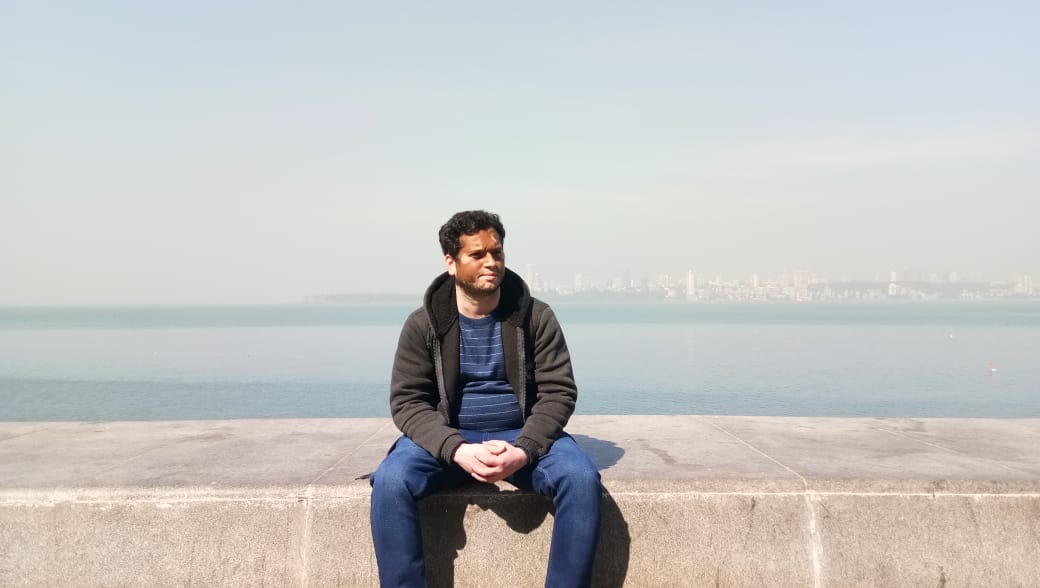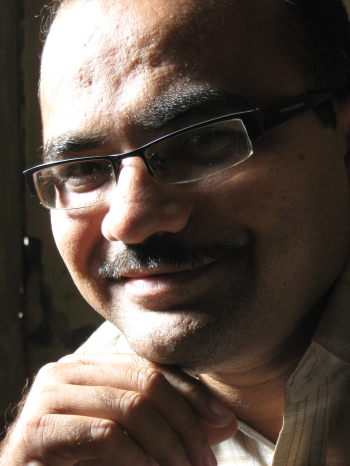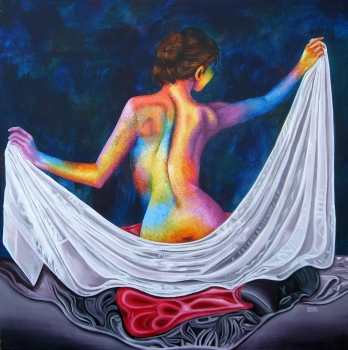Art is the reshaping of reality by human beings to present it in an understandable form. As an artist recreate the world around him, he shapes it as how he sees it and what he believes in. The Indian artist does not attempt to depict only the material reality about him. He wishes to share the complete experience of the moment and not just a photographic presentation of the shapes around him. Beauty, for Indian artists, has been a reflection of the glory of God. In fact, for the ancient artists the experience of beauty, the ecstasy on seeing nature on art which is truly beautiful has been considered akin to the ultimate bliss.
In the philosophy of India, the aesthetic experience is of great importance to a man. The feeling of ecstasy on seeing a beautiful sun rise or truly fine work of art is considered to be akin to Bhramanad or the ultimate bliss of enlightenment. In that joyous moment we are transported, we come out of ourselves and feel that we are a part of the beauty of creation. In that moment the cares and concerns of our daily life slip away and we feel a deep sense of union with the whole of existence. It is this feeling of harmony which the traditional art aspired to bring to us. The artist in India saw the entire world as a reflection of the beauty of God. Thus, Indian art is permeated by visions of ideal beauty. He sees every leave, every tree, every living being as an expression of the sublime form of the Lord himself. His touch is filled with the tenderness of adoration and the art of India is the expression of sublime beauty. In the Indian vision, the material reality around us is considered to be Maya, an illusion. It is a veil which we need to lift to see that which is beyond. The Indian art constantly seeks to lift that veil and to bring to us the life of the spirit, the life of the soul of man, that which is far more important than the transitory world around us. The artist does depict the pains and sorrows of the world but these are seen as only ephemeral.
At the core of Indian art are these three interconnected visions – the vision of self-overcoming, the vision of the interconnectedness of all life and the vision of life as the state of dynamic play. Art is one of discourses that point us in the direction of something beyond the here and now. The finest art takes us to a peaceful century of the spirit, far from the confusion and clamor of the material world. Art takes us to a moment of contact with eternal bliss. In that state of ecstasy one sees beauty in everything for this state is one of the realizations of the divinity which is in all of creation. The pain of life is because of the veil of Maya, the veil of the illusion of the material world. The philosophy of India and the art which embodies in it seeks to take us beyond so that we may be freed of the confusion, the turmoil and the pain of the transitory world.
The experience of art is seen as a great and joyous act of sharing in the Indian tradition. There is an inscription in a painted cave at Ajanta which can be translated as the joy of giving fills a person so much so that there is no space left in the person to feel pain. It is that sense of joy of giving which is sort by the artist. It is this which he wishes to share with us through the art that he creates. The painter in ancient India had such a complete mastery over his technical skills that his work appears effortless. The viewer too is expected to prepare himself to be a receptacle worthy of accepting the sublime experience that the artist wishes to share with him. So, if you consider yourself worthy and are ready to receive this ultimate gift, then you must buy Indian art.





















